How to Refashion Clothing Into Fresh New Styles
Table of Contents
- The History and Evolution of Refashion
- Why Clothing Transformation Matters
- Refashion in Modern Culture
- Practical Ideas for a Second Life
- Refashion by Garment Type
- Benefits Beyond Sustainability
- Refashion as an Entrepreneurial Opportunity
- Manual vs. Refashioned Wardrobe
- Getting Started: Tips for Beginners
- Final Thoughts
Fashion trends change quickly, but your wardrobe doesn’t have to. Instead of buying new clothes every season, you can embrace refashion, the art of transforming old or unused garments into something fresh, stylish, and unique. Refashioning is more than just a DIY hobby; it’s a creative, sustainable, and cost-effective way to express yourself through fashion while reducing your environmental footprint.
Whether you’re looking to upcycle clothes, experiment with clothing transformation, or explore sustainable fashion DIY, refashioning allows you to turn even the most basic pieces into statement garments. From small alterations to complete redesigns, the possibilities are endless.
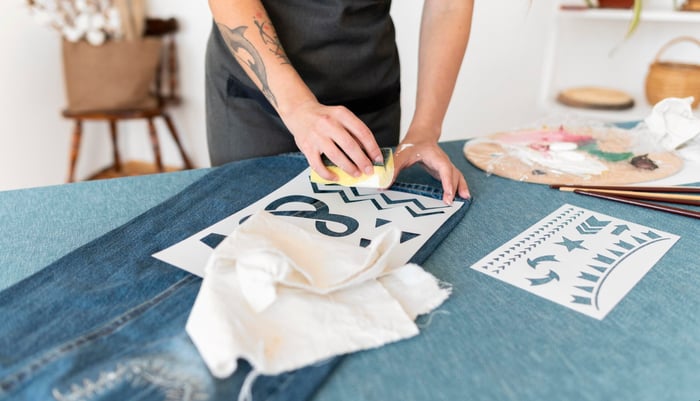
The History and Evolution of Refashion
Refashioning is a practice that has been part of human life for centuries. Long before fast fashion existed, clothing was considered valuable, sometimes even precious, because making a garment took time, effort and skill. Families couldn’t just throw something away if it got worn out or didn’t fit anymore. From ages ago, people mended holes, replaced buttons, and adjusted hems to make clothes last as long as possible. Children grew quickly, and used clothes were carefully altered to fit them; old garments were never just discarded, they were reimagined as quilts, aprons, pillowcases or even toys. In those days, clothing transformation was simply a natural part of life, and creativity was born from necessity.
Even with industrialization and the rise of mass-produced clothing in the 19th and early 20th centuries, this technique remained widespread. While more garments were available in stores, many families still couldn’t afford constant replacements.
The arrival of fast fashion in the late 20th century changed everything. Suddenly, clothes were cheap, accessible and designed to be disposable. The incentive to repair or repurpose garments decreased and skills like sewing, pattern-making and basic tailoring began to fade. For a time, updating fashion seemed almost obsolete, replaced by the convenience of buying new clothes every time a trend emerged. What was once an art out of necessity became something most people forgot about.
But in recent years, refashioning has made a striking comeback thanks to punk culture and brands like Vivianne Westwood. Growing awareness of the environmental impact of the fashion industry, one of the biggest polluters globally, has pushed people to rethink how they consume clothing. Suddenly, transforming old garments isn’t just practical; it’s ethical, sustainable and even trendy. Social media has fueled this revival, providing platforrems where designers, influencers, and everyday people share upcycling clothes projects, step-by-step tutorials and before-and-after transformations. Instagram, TikTok and Pinterest are now full of creative ideas, showing how even a simple t-shirt can become a chic crop top, or an old pair of jeans can turn into a stylish tote bag.
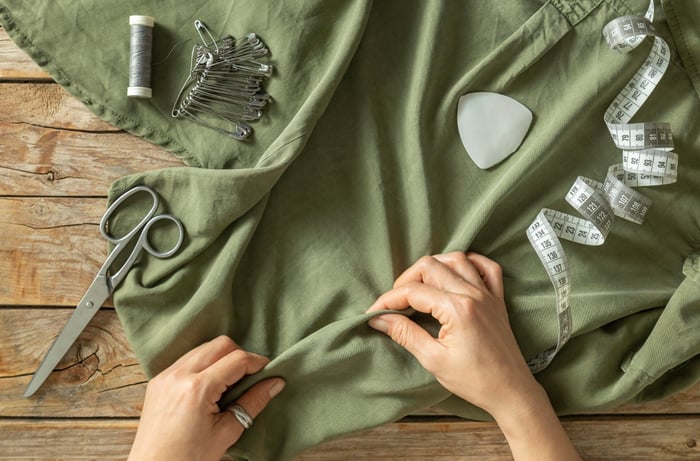
Why Clothing Transformation Matters
Refashioning offers multiple benefits that go beyond style:
Environmental impact: Reduces textile waste and lowers the demand for new clothing production.
Cost savings: Saves money by revitalizing what you already own.
Creativity and self-expression: Allows you to design unique pieces that reflect your personal style.
Learning and skill-building: Enhances sewing, design, and styling skills through hands-on experimentation.
By embracing clothing transformation, you’re participating in sustainable fashion DIY in a tangible way, combining style with responsibility.
Refashion in Modern Culture
Celebrities and designers have embraced upcycle fashion to make sustainability trendy. High-profile fashion weeks now include collections made from repurposed fabrics. Social media has amplified DIY culture, showing that upcycling can be fashionable, innovative, and viral.
Influencers often share step-by-step transformations, inspiring followers to try refashion at home. Platforms like Pinterest, Instagram and TikTok are full of creative ways to turn thrifted or outdated clothing into modern outfits. These trends prove that clothing transformation is not just environmentally conscious, it’s also culturally relevant and stylish.
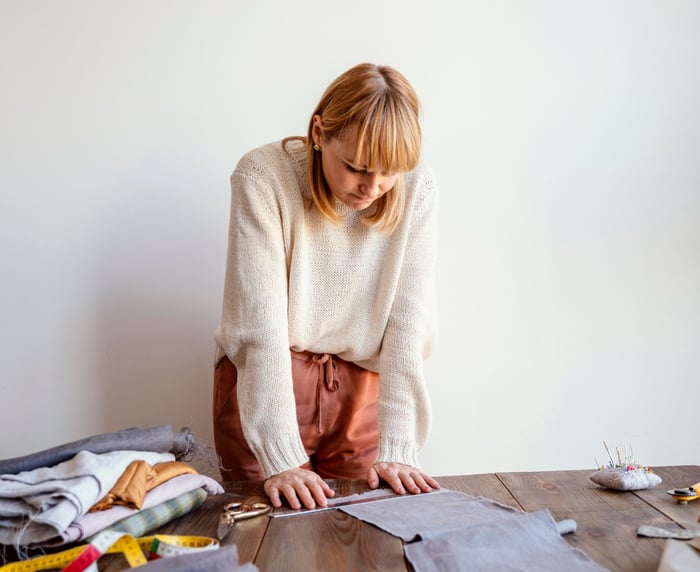
Practical Ideas for a Second Life
It doesn’t require professional skills. Even beginners can start transforming garments with basic tools like scissors, needles or fabric glue. Here are some approaches:
Simple Transformations
Cutting and cropping: Turn oversized t-shirts, sweatshirts, or button-downs into trendy crop tops.
Dyeing and recoloring: Give dull clothing a fresh look with fabric dye or natural coloring techniques.
Adding embellishments: Sew on patches, lace, or beads to create a unique style.
Repurposing denim: Transform old jeans into shorts, skirts, tote bags, or even jackets.
Advanced Clothing Transformation
For more ambitious projects, you can experiment with layering fabrics, combining multiple garments, or creating patchwork pieces. This technique allows you to explore textures, colors, and silhouettes that are impossible to find in ready-to-wear collections.
Refashion by Garment Type
To make it easier to start, here’s how to approach refashion based on garment type:
T-Shirts and Tops
Cut them into crop tops, tie-dye them, or layer fabrics for new designs. Adding embroidery or patches can transform a simple t-shirt into a statement piece.
Jeans and Pants
Old jeans can become shorts, skirts, tote bags, or even fabric for other clothing projects. Cropping and hemming are easy ways to make jeans more wearable.
Dresses and Skirts
Turn long dresses into mini dresses, or add layers to skirts for a new silhouette. Combine fabrics from other pieces for a custom look.
Shirts and Blouses
Button-down shirts can be cropped, tied, or layered. You can also mix fabrics to create unique patterns or add decorative stitching for detail.
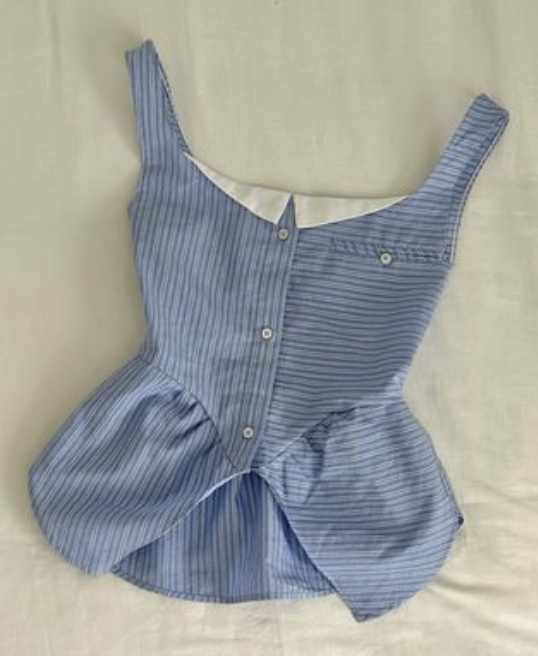
Accessories
Scraps from refashioned garments can become scarves, scrunchies, headbands, or even jewelry, making the most of every piece of fabric.
Benefits Beyond Sustainability
Refashioning doesn’t just help the environment, it also has financial and personal benefits.
Cost-effectiveness: Save money by avoiding unnecessary purchases.
Entrepreneurial potential: Some people turn their projects into small businesses, selling upcycled garments online or at local markets.
Skill development: Sewing, cutting, and design skills improve over time, opening doors to creative careers.
By focusing on sustainable fashion DIY and clothing transformation, you’re creating value from items that might otherwise go to waste.
Refashion as an Entrepreneurial Opportunity
Refashioning isn’t just a hobby; it can also be a business. Many small brands have been built around upcycled clothing, offering unique garments that cannot be found anywhere else. This approach appeals to eco-conscious consumers who value originality and sustainability.
By documenting your process online or sharing before-and-after transformations, you can attract followers and potential customers. Combining reusing old garments to give them a second life with e-commerce or social media promotion creates opportunities for small entrepreneurs to grow their brand while advocating for sustainable fashion DIY.
Manual vs. Refashioned Wardrobe
Aspect | Buying New | Upcycling |
|---|---|---|
Cost | High | Low |
Environmental Impact | High | Low |
Uniqueness | Limited | One-of-a-kind |
Creativity | Low | High |
Skill Development | Low | Moderate to High |
This comparison shows why recycling is both practical and impactful. You save money, reduce waste, and gain a sense of personal accomplishment while creating pieces that reflect your style.
Getting Started: Tips for Beginners
Start small: Begin with easy projects like t-shirts or jeans.
Gather simple tools: Scissors, needles, threads, fabric glue, and optional sewing machine.
Watch tutorials: Online guides make refashion accessible even for beginners.
Experiment: Don’t be afraid to try bold ideas, mistakes often lead to unique results.
Document your process: Take photos of before and after transformations; it helps track progress and inspires others.
Remember, clothing transformation is about creativity, experimentation and personalization. There’s no wrong way to transform your clothing.
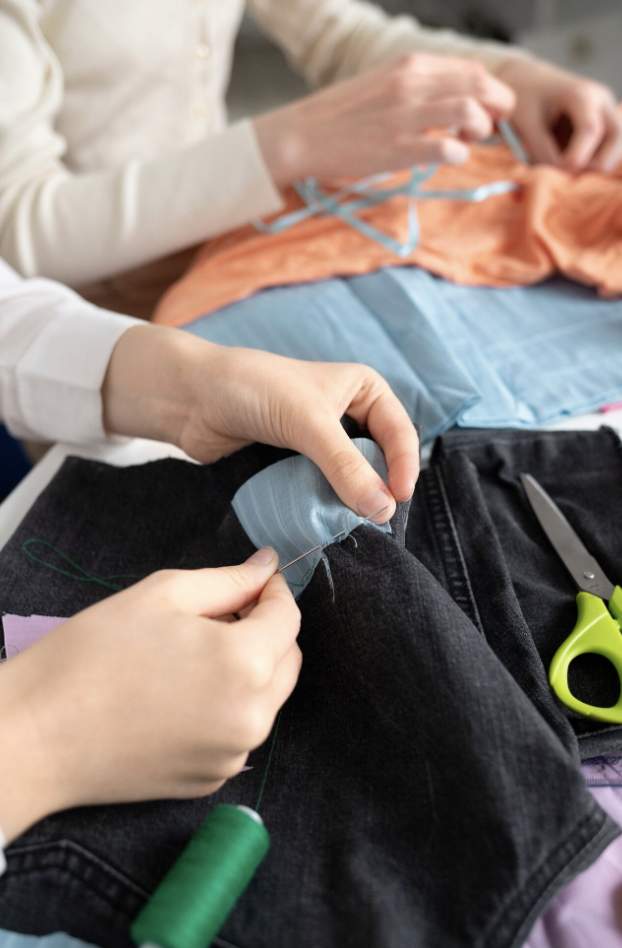
Final Thoughts
Refashion is a practical, creative, and eco-friendly approach to modern fashion. Whether you’re motivated by sustainability, curiosity, or self-expression, learning to upcycle clothes and experiment with clothing transformation can breathe new life into your wardrobe.
By practicing sustainable fashion DIY, you’re making mindful choices that benefit both the planet and your personal style. Refashioning allows you to create original pieces, save money, and even explore entrepreneurial opportunities, all while contributing to a more sustainable fashion culture.
The next time you see an old garment, ask yourself: what new possibilities lie within it? With a little imagination and effort, even the most forgotten piece of clothing can become a centerpiece of your wardrobe. Refashion isn’t just a method, it’s a movement that combines style, creativity, and responsibility in a way that everyone can embrace.
How would you rate this article:
Related Articles
- The Best Fashion Blogs to Follow for Daily Style Inspiration
- Top AI Tools Every Ecommerce Store Should Use
- Best 8 Weshop.ai Alternatives to Power Fashion Retail in 2025
- How to Swap Faces in Photos with AI
- The Ultimate User Guide to Virtual Try-On Features: How to Get the Best Experience
- Virtual Try-On Revolution: Experience Fashion, Makeup & More
- How to Transform Fashion Sketches Into Stunning Photos
- Modelia vs Hautech.ai: Which AI Tool Is Best for Your Fashion Business?
- 10 AI Design Tools Revolutionizing Fashion and Ecommerce Design
- AI Photo Restoration: Revive Old Photos with Cutting-Edge Artificial Intelligence Technology


